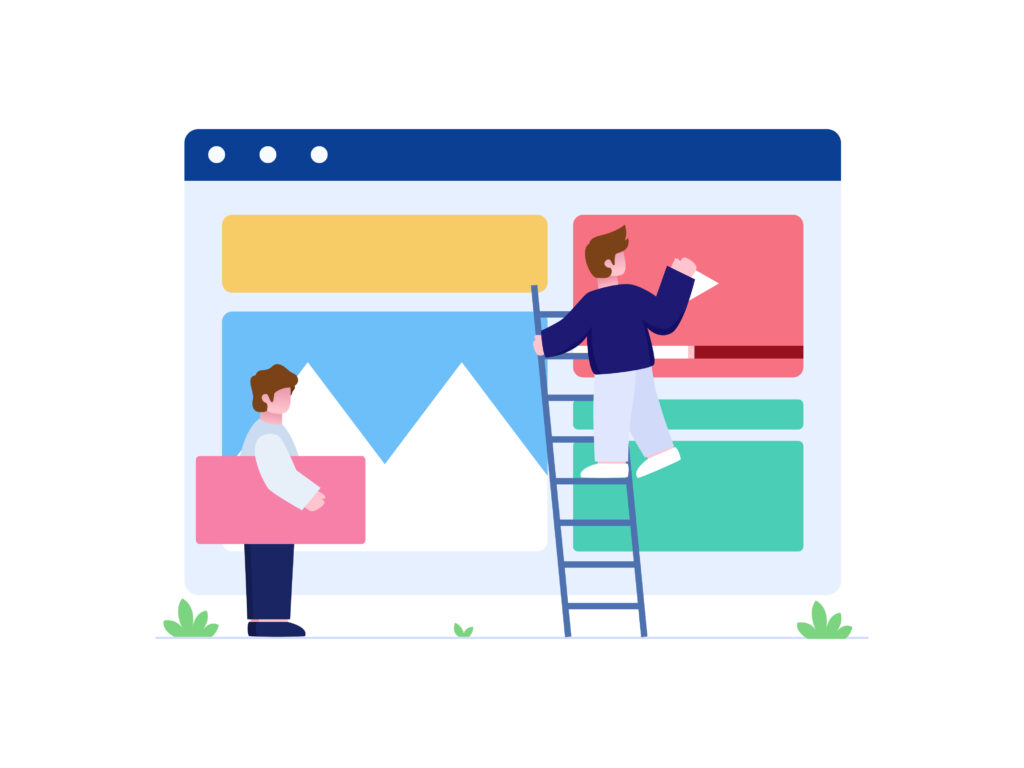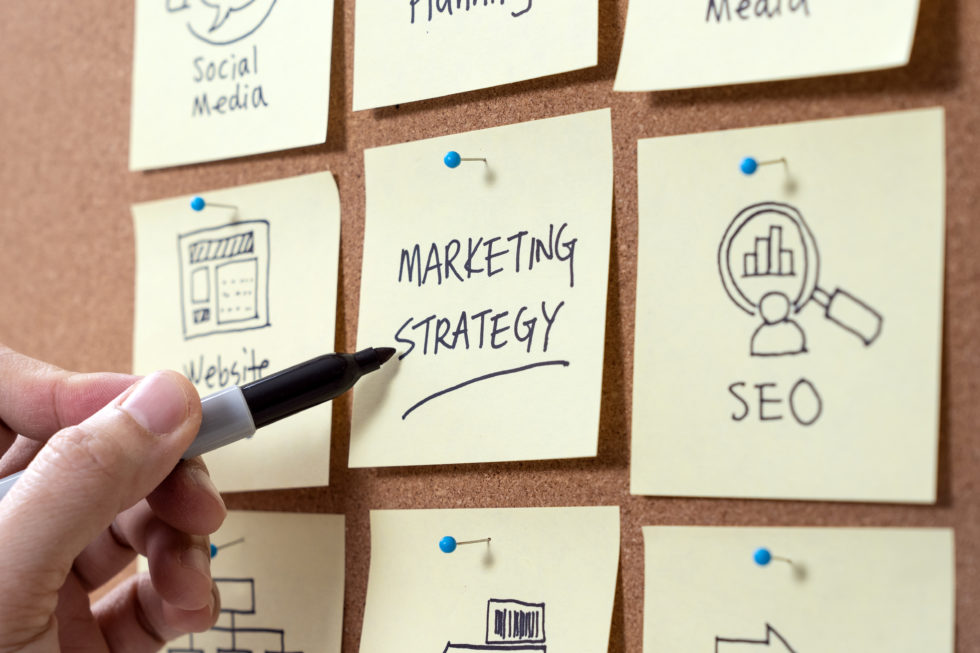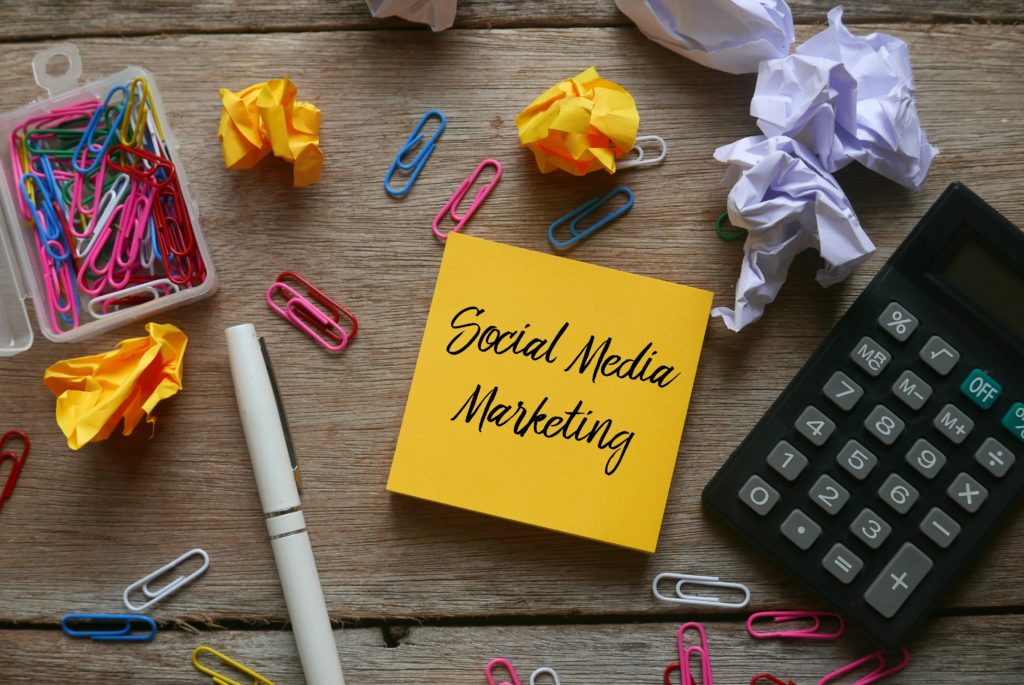Creating an effective landing page is crucial for driving conversions and getting results from your marketing campaigns. Your landing page is often the first interaction visitors have with your brand, so you need to make a great first impression. Follow these tips to create high-converting landing pages that will turn your website traffic into leads and customers.
Focus on a Single Purpose
The most important rule for creating effective landing pages is to focus on a single purpose. Don’t try to promote multiple products or services on one page – keep it laser-focused on one conversion goal, whether that’s getting visitors to sign up for your newsletter, download an ebook, or purchase a product.
Having a clear, singular call-to-action will increase your conversion rates. If you confuse visitors with too many options, they’re likely to leave without converting. Make it crystal clear what action you want visitors to take.
Craft a Compelling Headline
Your headline is one of the first things visitors see on your landing page, so it needs to grab their attention. An engaging, benefit-driven headline will convince visitors to keep reading and learn more. Some tips for writing great headlines:
- Focus on your customer and the benefit they’ll receive, not on yourself or your company. For example, “Get Healthy, Delicious Meals Delivered to Your Door” is better than “Introducing Our Meal Delivery Service.”
- Use power words that trigger emotion, like “secrets,” “results,” “discover,” etc.
- Keep headlines short, scannable, and descriptive. The best landing page headlines are often only 5-7 words.
- Try different headlines and test their conversion rates to optimize.
Use Effective Subheadings
Break up your page content with descriptive subheadings. Subheadings allow visitors to quickly scan and consume information. They also help reinforce your value proposition and primary call-to-action throughout the page.
Some tips for optimizing subheadings:
- Use sentence case – capitalize only the first word, not the whole heading.
- Ask questions to intrigue the reader and pull them in. For example, “Ready to Take Your Business to the Next Level?”
- Address pain points your customers experience. “Struggling with Low Conversion Rates?”
- Include power words and strong adjectives. “The Proven Way to Growth Hack Your Business.”
Write Concise, Scannable Content
On a landing page, long blocks of text will make visitor’s eyes glaze over. Write short paragraphs and bullet points focused on communicating a single idea at a time.
Make your content scannable by highlighting key information with bold fonts, subheadings, and bullet points. Avoid long sentences and break up concepts into lists whenever possible.
Only include information that’s directly relevant to your conversion goal. Cut out any extras. Your content should educate and convince visitors to take action – not overwhelm them.
Show Social Proof
Visitors are more likely to convert when they see others have already taken the leap. Display social proof of your credibility such as customer reviews, testimonials, case studies, and user numbers or results.
For example, you can include testimonials with real customer photos, star ratings paired with review excerpts, logos of big brand customers, and numbers demonstrating growth or sales.
Make sure your social proof elements relate directly to what you’re asking visitors to do, whether it’s purchasing a product, signing up for a free trial, etc.
Use High-Quality Images and Graphics
Images break up big blocks of text and engage visitors visually. Include relevant photos and graphics that reinforce your headline and content message.
For example, if you’re selling a fitness program, show people getting in shape and highlight fit bodies. Or if your landing page is about increasing productivity, incorporate graphics related to efficiency and success.
Images should be high-quality. Avoid overly cheesy stock photos that look fake and don’t relate to your brand. Capture custom images yourself that look authentic.
You can also incorporate data-driven graphics like charts or graphs that visualize your product’s benefits. Images add clarity and credibility.

Minimize Distractions
Clutter and distractions on your landing page will hamper conversions. Have a critical eye for anything that doesn’t directly support your goal.
Here are some key things to remove:
- Irrelevant navigation links (you only want to include what visitors need to convert)
- Excessive ads or anything commercial
- Generic stock photos that don’t relate to your brand
- Long blocks of text
- Anything that slows your page loading speed
Create a simple, clean design that draws focus to your headline, content, and call-to-action.
Make the CTA Clear and Prominent
Since the goal of your landing page is to get visitors to take a desired action, you need to make your call-to-action button obvious. Make sure it stands out visually by using contrasting colors, larger fonts, and strategic placement.
Buttons above the fold and in the right-hand sightline tend to convert better. Keep your CTA simple and descriptive like “Start Your Free Trial” or “Download the Template.” Make sure it’s consistent with your headline message.
To further drive conversions, also include urgency and social proof in your call-to-action copy. For example “Join 1 Million+ Satisfied Customers Today”.
Optimize Form Fields
If your landing page includes a lead gen form, optimize each form field to remove obstacles to conversion. Follow these best practices:
- Only ask for essential info like name, email address and phone number. Don’t overcomplicate it by asking for too much.
- Use inline validation so visitors get real-time feedback as they complete the fields.
- Make fields easy to complete on mobile devices.
- Set your form up to allow autofill from password managers like LastPass.
- Let visitors signup with their social profiles to speed up form completion.
The easier your form is to complete, the more leads you’ll generate. Remove any obstacles to conversion.
Mobile Optimization is Critical
Today, the majority of your landing page traffic is likely coming from smartphones. If elements like headlines, buttons, and forms aren’t optimized for mobile, you’ll lose those visitors.
Follow responsive design best practices:
- Simplify navigation for easy tapping on small screens.
- Check that CTAs and forms work seamlessly on mobile.
- Use larger text sizes and spacing.
- Eliminate unnecessary images to speed up load times.
Test your landing page on real devices to identify issues. Optimization for mobile is required to be competitive today.
Continuously Optimize and Improve
To get the best results from your landing pages, they require ongoing optimization. You need to continually test and tweak elements to improve your conversions.
Use A/B split testing to experiment with different headlines, content layouts, images, CTAs, and design variations. Track conversions closely to see what moves the needle.
You should also monitor behavior on your landing pages. Look at user recordings and heatmaps to see how visitors are actually interacting in real-time.
Use the insights you gain to further refine your pages and maximize the impact of every visitor who reaches your landing page. Optimization is key to driving conversions over time.
Creating high-converting landing pages takes effort, but pays off exponentially. Following these tips will help you connect with prospects and convince them to move forward with your desired conversion action. With compelling, laser-focused pages, you can turn your website traffic into real business results.


